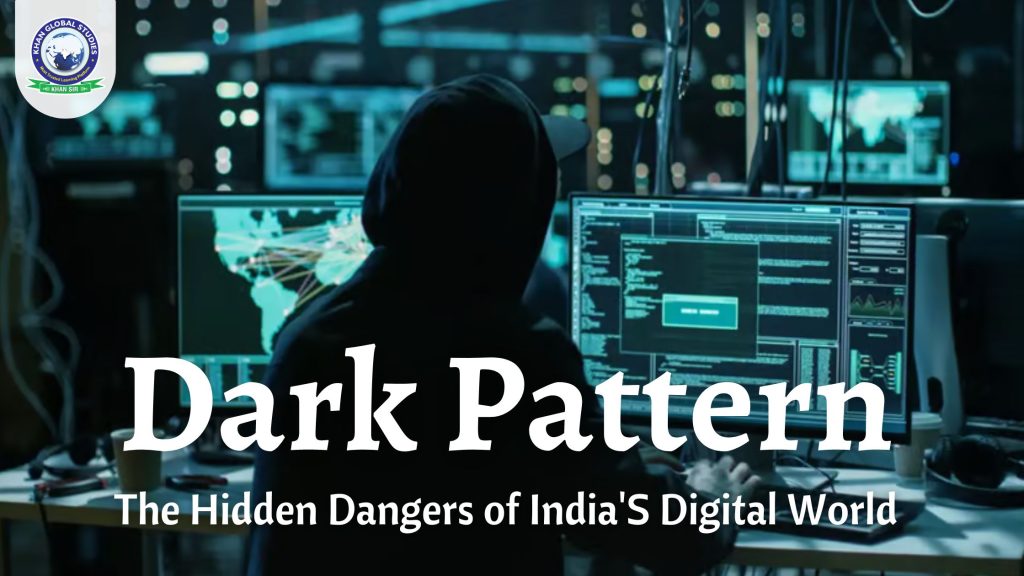In recent years, India has seen a rapid digital transformation, with millions of people accessing the internet and using a variety of online services. While this digital revolution has brought many benefits, it has also given rise to a disturbing trend called “dark patterns”. These are manipulative design techniques that websites and apps use to influence users’ behaviour in ways that may not be in their best interest. In this blog, we will explore the hidden dangers of dark patterns in India’s digital landscape and what users can do to protect themselves.
What are Dark Patterns?
Dark patterns are design elements that force users to make choices they might not otherwise choose. These tactics can include deceptive buttons, hidden fees, hard-to-find cancellation options, and more. The goal of dark patterns is often to increase engagement or revenue at the expense of user autonomy.
Common Types of Dark Patterns
- Roach Motel: This technology makes it easy for users to sign up to service but incredibly difficult to unsubscribe. Users often find themselves trapped in a subscription they no longer need.
- Bait and Switch: This occurs when a user is promised one thing but gets something completely different upon taking action. For example, a free trial that leads to unexpected charges.
- Hidden Costs: When users reach the checkout process, they may encounter unexpected charges that were not disclosed beforehand, causing frustration and making them feel misled.
- Forced Continuation: This occurs when a free trial turns into a paid subscription without any clear notice, leaving users shocked.
- Confirmation: This manipulative technique uses guilt to influence users’ decisions. For example, presenting an option to decline a service in such a way that the user feels guilty for refusing.
Impact of Dark Patterns in India
The prevalence of dark patterns in India’s rapidly growing digital space can have several negative consequences:
- Erosion of Trust: If users feel they have been manipulated or deceived, they may begin to distrust online platforms, which can harm businesses in the long run.
- Financial Exploitation: Many users, especially those who are not digitally literate, may fall prey to fraud or unexpected charges, leading to financial losses.
- Poor User Experience: Dark patterns often lead to frustration and confusion, leading to a reduced overall user experience and satisfaction.
Protecting yourself from Dark Patterns
- Educate yourself: Awareness is the first step. Understanding dark patterns can help you identify them when you encounter them.
- Read terms and conditions: While it may be tedious, always take the time to read the terms of service and privacy policies before signing up for any service.
- Be careful with personal info: Provide only minimal personal information for the use of a service.
- Check reviews: Review the service or app before signing up. User reviews can often highlight any suspicious behaviour.
- Use Ad Blockers: Consider using ad blockers or privacy-focused browser extensions that can help reduce exposure to it.
- Report Manipulative Behavior: If you encounter dark patterns, report them to the relevant authorities or consumer protection agencies.
Conclusion
As India embraces digitalization, users must be alert to dark patterns’ hidden dangers. By staying informed and vigilant, users can navigate the digital landscape more safely and ensure their rights and choices are respected. Businesses and platforms are also responsible for prioritising ethical design practices that promote transparency and trust. Together, we can create a digital world that empowers users rather than exploits them.




